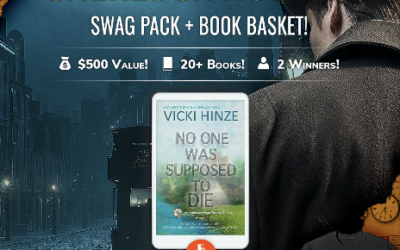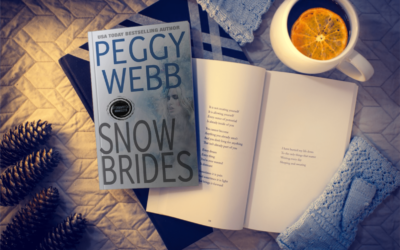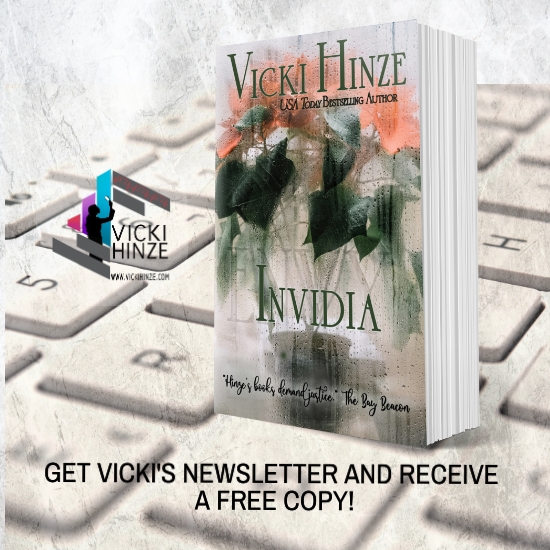Vicki Hinze © 2003-2011
Don’t you love looking for hidden meanings in novels? Love digging deeper, past the obvious, and finding that special nugget of gold many writers subtly tuck in? Love the adventure of discovering exactly what purpose that nugget serves in the story?
Many call these nuggets plants. And plants often take the form of a concrete object. While their uses can be as varied as writers’ imaginations, they always delight. The writer gains a tool for conveying something he/she wants conveyed without being blatant or heavy-handed, and the reader gains a pleasant surprise. A win/win situation.
Win/win situations (as opposed to win/lose or lose/win situations) are exactly why you should incorporate plants into your novels. A plant can take any form. It can be a shoe, a mug, a flower, a crystal amulet–anything the writer chooses. Some writers even use phrases, though the object carries the additional benefit of being concrete and visual, which helps anchor the reader into the scene. So concrete objects, in effect, pull double-duty. Utilized effectively, the plant conveys specific meanings, evokes specific emotional responses in the characters, and thus the readers, that you, the novelist, want evoked. And these objects do the job subtly, gently. There’s no need for you, the writer, to knock the reader over the head with the information.
Consider the spooky banging shutter. The novelist introduces the shutter, has the heroine check out the racket and surmise the wind is to blame. We readers learn the wind isn’t making the shutter bang, the villain is. When next the heroine hears the shutter bang, we worry. Why? She’s vulnerable to harm, to the villain. The author’s intent? To make us worry.
The shutter is a “plant.” An object placed in the novel to evoke a specific response from the reader. While the shutter is a blatant plant, we can incorporate far more subtle ones. Will every reader pick up on them? Recognize the object for the plant it is? No. But some will. And they’ll be delighted. Some who don’t grasp the more subtle plants will sense the emotions evoked by it. And those attributes make plants a terrific writer’s tool.
In Beyond the Misty Shore, my March Seascape romance, I planted a carnation. Since Seascape is a series of novels, the carnation is one of the “continuity” tools incorporated. Its symbol? Healing. I also planted a sachet made of white lace and teal tulle (fine netting). The sachet is filled with sea spray-scented potpourri and tied closed (which forms a circle) with teal colored satin ribbon. In the novel, the hero and heroine, T.J. and Maggie, bought the sachet while together. In a later scene, they sat in an otherwise empty church, holding it between them. During major events between them, the sachet is planted.
What does the sachet symbolize? Unity. And, as with the carnation in all Seascape novels, healing. How? Well, lace is feminine and it isn’t solid. It has gaps and holes. So does the heroine–emotionally. The tulle carries the same meaning for the hero. The two—lace and tulle (and hero and heroine)—meld and are then capable of holding potpourri (whatever life throws at them). The potpourri, smelling of the sea, where many major events–physical and emotional–occur between these two, smells sweet. The sweet-smelling “filling” represents the hero and heroine filling their relationship with good and positive things. (Negative things? Negative smell.) And the satin ribbon tying it all together represents the seal, the ultimate bond between them that enables the hero and heroine to keep the relationship together and strong: love.
Because I, the writer, understood what I wanted the elements of the sachet to represent, I was able to convey that in the novel. And, planted in the novel, these sachets made great giveaways in promoting Beyond the Misty Shore.
In Maybe This Time, I use flowers and their meanings to convey the emotional attitude of the hero, to show how his feelings for the heroine grow and change—which gives me a marvelous vehicle for exploring her reactions to those changes. And in Upon a Mystic Tide, along with the carnation requisite for Seascapes, I used two additional plants: a burgundy marble mug and a terra cotta trinket box. Both are indicative of the emotional state of the characters. Both have hidden meanings. Both add depth and texture to the novels. And both can be used in promoting those novels.
The idea of planting symbols that do double-duty in your novels shouldn’t fill you with angst. You’ve only to decide which object to incorporate and then what specifically you want the object to mean, to do. In making these decisions, you’ll find gentle ways of incorporating the plants into the novel scenes, thus relating the symbol and your meaning, and the readers who do pick up on the symbol consciously will love you for it. Those who don’t still will sense the object’s significance because the object is there and wherever it appears in the novel, significant things happen.
Incorporate plants into your novels. You’ll love the hard work they do to enrich your story and the reader will appreciate your efforts, delighting in discovering those hidden meanings.




